The relentless worldwide march of COVID-19 has left a third of the planet’s population in lockdown in recent weeks, closeted from friends and family as we battle one of the worst pandemics in living memory. But the isolation experienced by astronauts shares many commonalities with those of us who are self-isolating here on Earth.
Read more:
- Why were Apollo 11 astronauts put in quarantine?
- In pictures: Apollo behind the scenes
- Apollo conspiracy theories crushed
Between 1968 and 1972, 24 human being travelled a quarter of a million miles to the Moon. In so doing, they became the ‘original’ social distancers.
Yet the greatest irony in visiting our nearest celestial neighbour was that for the first time they spotlighted the fragility of Earth itself, hanging like a blue-and-white marble in the ethereal void.
Upon that marble, everyone they knew and loved and every other human being who ever lived had seen out their days.
I am it. If a count were taken, the score would be three billion plus two on the other side of the Moon and one-plus-God-knows-what on this side.
Apollo 11 Command Module Pilot Michael Collins
From lunar distance, Earth’s apparent smallness could easily be hidden behind an outstretched thumb.
And visualising our home planet like this - self-isolated from its own family of worlds in the Solar System - continues to strike a powerful chord today as we constantly re-evaluate what matters most to us.
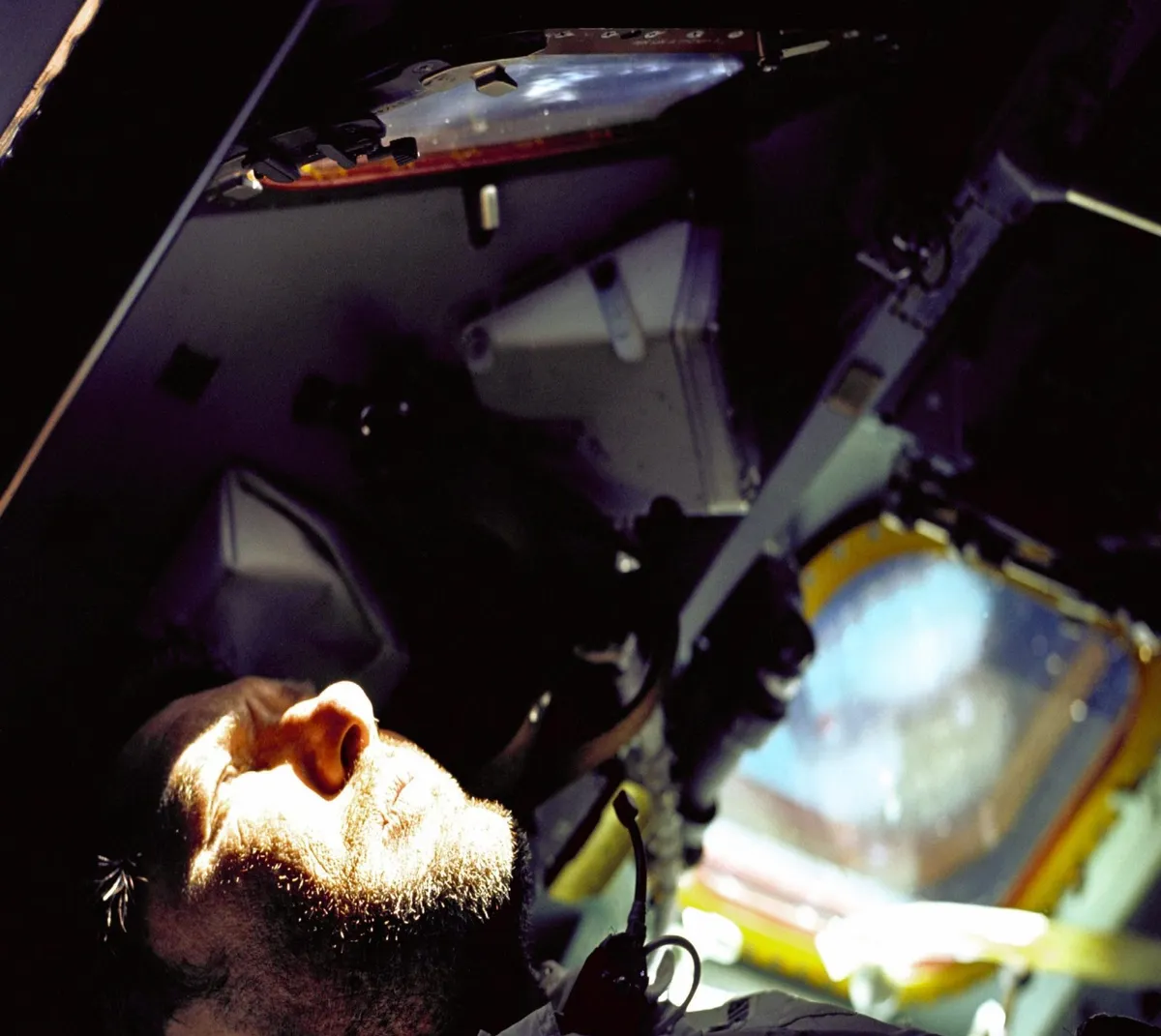
Self-isolating in your own house or apartment with precious few opportunities to get outside, shop for groceries or see family members might seem intolerable, but spare a thought for the astronauts of a Moon-bound Apollo mission: three men packed like sardines for two weeks in a volume no bigger than a small car.
We might grudgingly agree to keep ourselves six feet away from others, but on the far side of the Moon, when Earth slipped beneath the horizon and the radio signal from home was abruptly cut off, the astronauts knew the true meaning of isolation, utter silence and perfect solitude.
“I am it,” wrote Apollo 11’s Michael Collins, who circled the Moon alone as Neil Armstrong and Buzz Aldrin explored the Sea of Tranquility.
“If a count were taken, the score would be three billion plus two on the other side of the Moon and one-plus-God-knows-what on this side.”
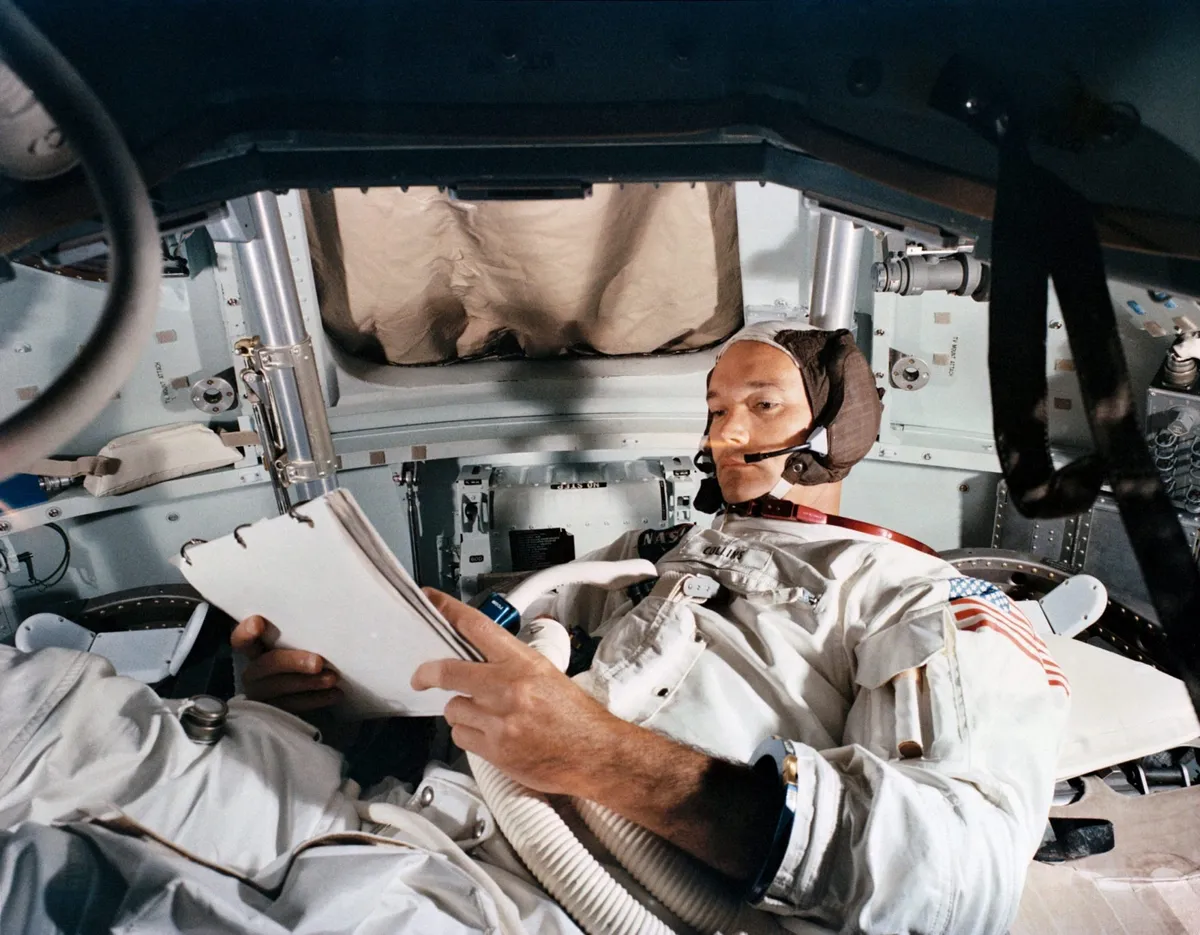
It is true that many astronauts have emerged from the ranks of the military, attuned through years of mental and physical training to operate effectively in hostile environments and uncomfortably close quarters. This is as true for the original Mercury Seven astronauts as it was for the Apollo crew, and today's inhabitants of the ISS.
Some had landed fighter jets on unlit aircraft carriers at night, others had flown solo over Greenland in the dead of winter.
And although the intermittent radio chatter from Mission Control kept them from getting lonely and an intensive workload timed to the minute kept them from getting bored, many astronauts savoured the total aloneness of flying around the Moon.
“I now felt apart from Earthly affairs in a way I can’t describe,” wrote Apollo 15’s Al Worden. “Perhaps you have to go to the Moon to feel it.”
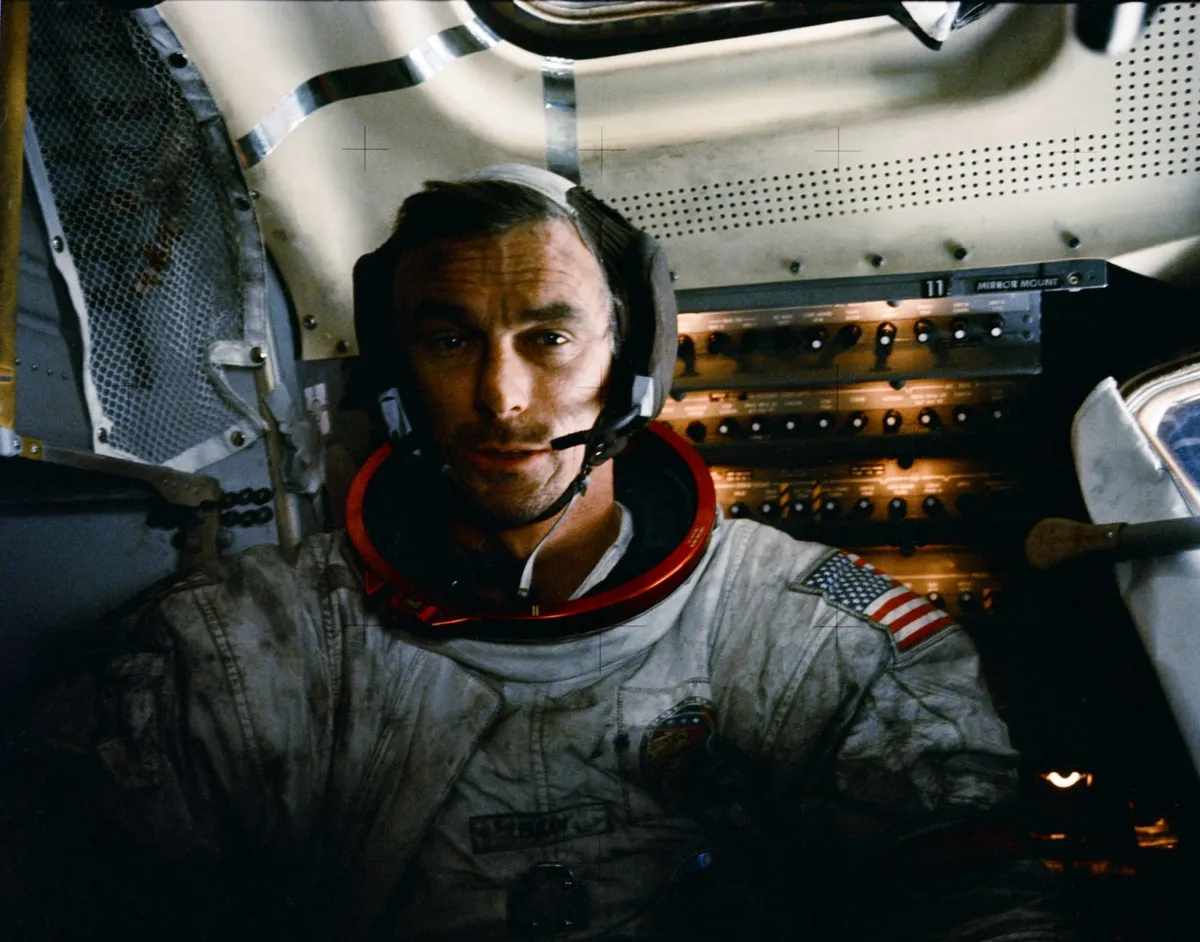
Like many of us in stressful times, astronauts found it difficult to eat and drink regularly in space and often made do with whatever was available: cold soups, tasteless dishes with the consistency of rubber and fruit juices that wreaked havoc on digestive tracts.
And the discomfort and almost total lack of privacy whilst answering the call of nature prompted many to put off their ‘need to go’ for as long as possible.
Additionally, the presence of only three sets of underwear, per man, for two weeks, and the virtual impossibility of keeping oneself clean, self-isolating from the rest of humanity aboard Apollo cannot have been a pleasant affair.
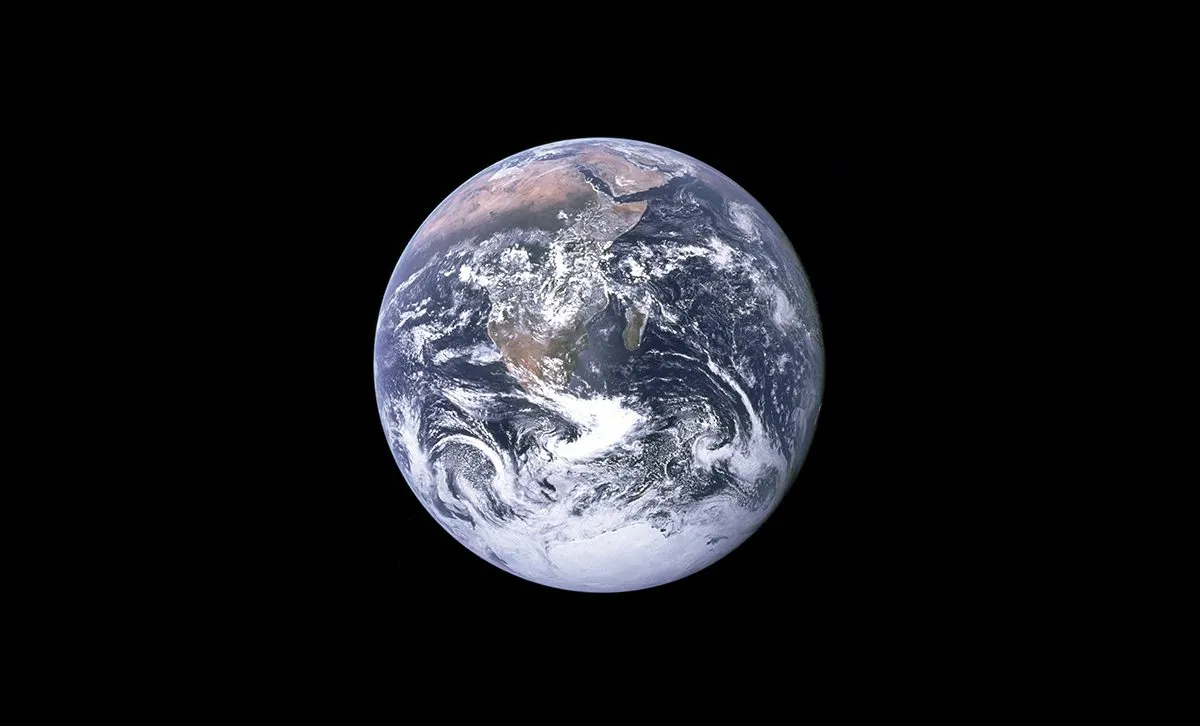
Music, of course, transcends generations and has proven a psychological crutch upon which the astronauts of Apollo and today’s social distancers continue to lean.
As the astronauts explored the Moon, music improved or altered their mood and oftentimes provided an appropriate backdrop to the splendid isolation of the lunar surface, with choices ranging from Simon and Garfunkel and the Moody Blues to Berlioz’ Symphonie Fantastique and Holst’s The Planets.
The music, said Worden, “heightened my sense of eerie detachment”.
Decades before social media, the kind of instantaneous contact craved by today’s self-isolators simply did not exist.
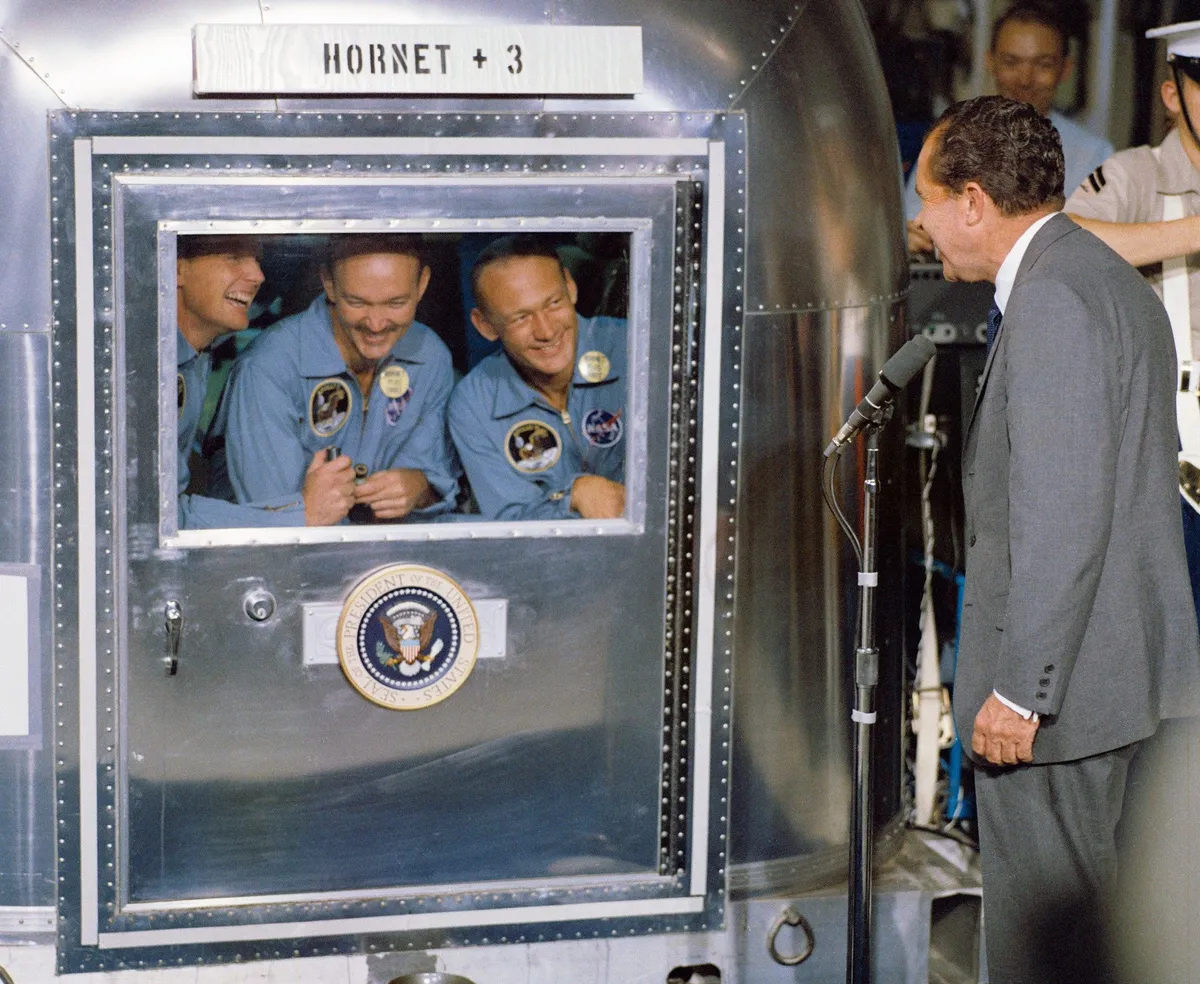
Instead, contact from home manifested itself through crackly radio transmissions from Mission Control and a tight-knit community of astronauts, managers and engineers who brought support, humour and camaraderie to this most dangerous of human endeavours.
And behind that community, of course, was the most vital psychological crutch of all: the astronauts’ own families.
As he headed behind the Moon on Apollo 8, into the most extreme isolation ever experienced, astronaut Frank Borman’s thoughts focused on one thing.
“I was thinking of my family,” he said. “Never had they seemed so close, nor so far away.”
Ben Evans is a science writer and journalist.